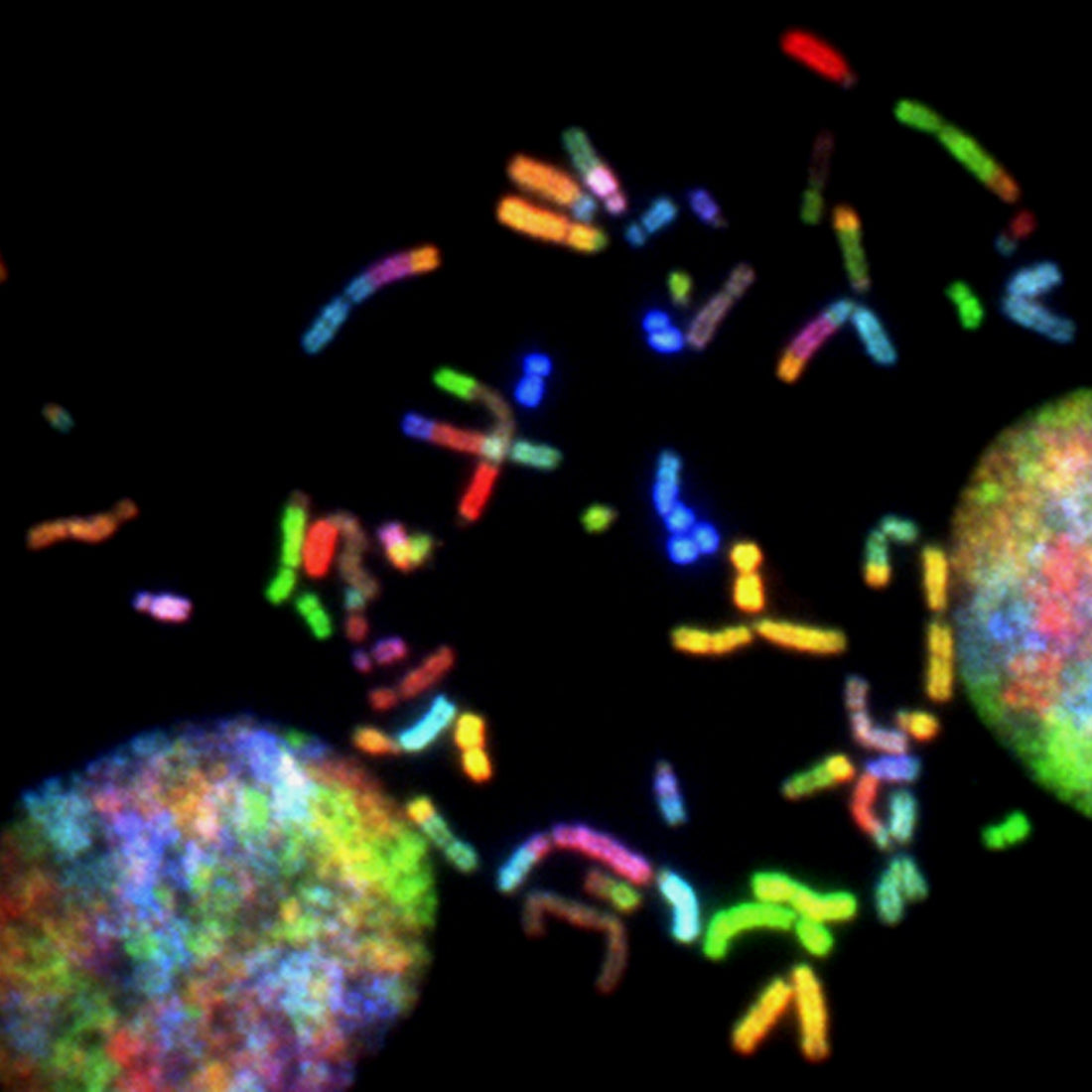
Hallmarks of aging: genomic instability
Share
Introduction
Inside the microscopic confines of our cells, a marvel of nature unfolds, stretching approximately two meters in length. This marvel is our DNA, comprising six billion molecules or "letters" known as A, T, C, and G. These bases form the double-helix structure of DNA, meticulously packed within the cell's nucleus. The genetic information harbored in this compact form is crucial for life, encoding the instructions for building and maintaining an organism. Despite its significance, DNA is not impervious to change, facing constant threats from both external and internal sources that can lead to mutations and, consequently, various health implications.
External threats to DNA
One of the primary sources of DNA damage stems from external factors, notably toxins and carcinogens. These harmful agents find their way into our bodies through means such as food consumption, cigarette smoke, and exposure to certain chemicals. Once inside, they journey to the nucleus of cells, where they can wreak havoc on DNA. Similarly, exposure to UV sunlight and various forms of radiation, like X-rays or natural radioactivity, can also alter or even split the DNA strands. Such changes threaten the integrity of our genetic information, potentially leading to severe health issues.
Internal factors impacting DNA
In addition to external threats, DNA is also vulnerable to damage from internal processes. The natural metabolism process, which converts food into energy, can produce chemical byproducts with detrimental effects on DNA. Moreover, the rapid turnover of cells in our body necessitates frequent DNA replication. Each time a cell divides, its genetic code must be precisely duplicated, a process prone to errors. These inaccuracies can introduce flaws into the genetic code, compromising the cell's functionality and health.
The mutation process
While our cells possess mechanisms to detect and repair DNA errors, this system is not foolproof. Sometimes, the repair process itself can fail, resulting in mutations—permanent changes in the DNA sequence that the cell cannot correct. Mutations can have far-reaching consequences, altering the way cells function. In some cases, a single incorrect change in a cell's DNA can trigger unchecked cell multiplication, laying the groundwork for the development of malignant tumors.
The double-edged sword of mutations
While mutations are often associated with negative outcomes such as cancer, it's important to recognize that not all mutations are harmful. In fact, mutations are a driving force behind evolution, introducing genetic diversity that can lead to beneficial traits. However, when mutations occur in a way that disrupts normal cell function, the consequences can be dire. Understanding the delicate balance between beneficial and harmful mutations is crucial for comprehending the complexities of life at the molecular level.
Conclusion
DNA, the fundamental blueprint of life, is a testament to the complexity and resilience of biological systems. Its compact structure, housing billions of genetic letters, is a marvel of nature's design. However, this design is constantly under siege from both external and internal threats that can lead to mutations. While our bodies have mechanisms in place to mitigate these changes, the battle to maintain genetic integrity is ongoing. Recognizing the factors that can damage DNA and understanding the mutation process are pivotal in our pursuit to safeguard our health and decode the mysteries of life itself.